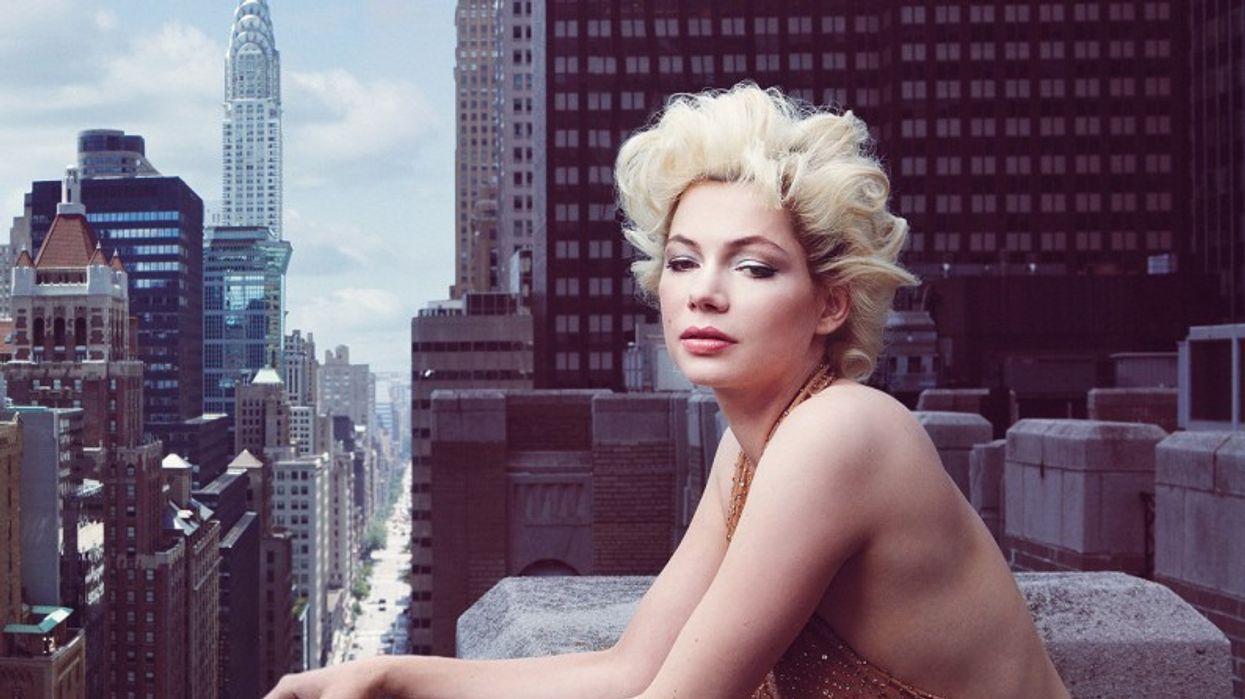Watch: Why Cinematographers Should Hand-Draw Lighting Plots
A veteran DP spills the beans on why you should avoid pre-production with computers.

Some people like playing golf. Ben Smithard likes drawing lighting plans. The cinematographer has worked on projects as bareboned as the largely improvised The Trip to the ornate The Second Best Exotic Marigold Hotel. But no matter the scale of the production, Smithard insists on hand-drawing lighting plots for every location and scene.
In the video below, Smithard recommends you try and do the same.
The benefits to the practice are manifold. Most obviously, with a detailed plan, Smithard can account for the space he'll need on set. He takes stock of his equipment prior to the shoot and pencils in the lights, stands, and where he plans to draw power from on set. This includes camera positions and how lights are flagged.
Here's his process: First, Smithard breaks down camera moves into parts for scenes. Then, he goes through these visual strategies with the director to make sure they're on the same page. He takes these plans and gives them to the Best Boy and the gaffer in pre-production so that he can expect them to be rigged before he gets to set. This also benefits the producer, who will find it useful to know where lighting setups will fit into the schedule as well as what kind of lights they will need to fill in for the budget.
According to Smithard, you should get "to scale" set maps from your design department, shrink them down, then simply fill in the map with your lighting plans. He likes to color-code his lights so that he knows what function they'll perform (with a legend up top).
Smithard says he couldn’t have become the veteran DP he is now without having been a gaffer first. His work in lighting made him realize how crucial it was to have everything organized before you go on set, so as to avoid wasting everyone's time and ensure a smooth-running production.
Featured image from 'My Week with Marilyn,' shot by Ben Smithard

 No Film School's coverage of
No Film School's coverage of 









